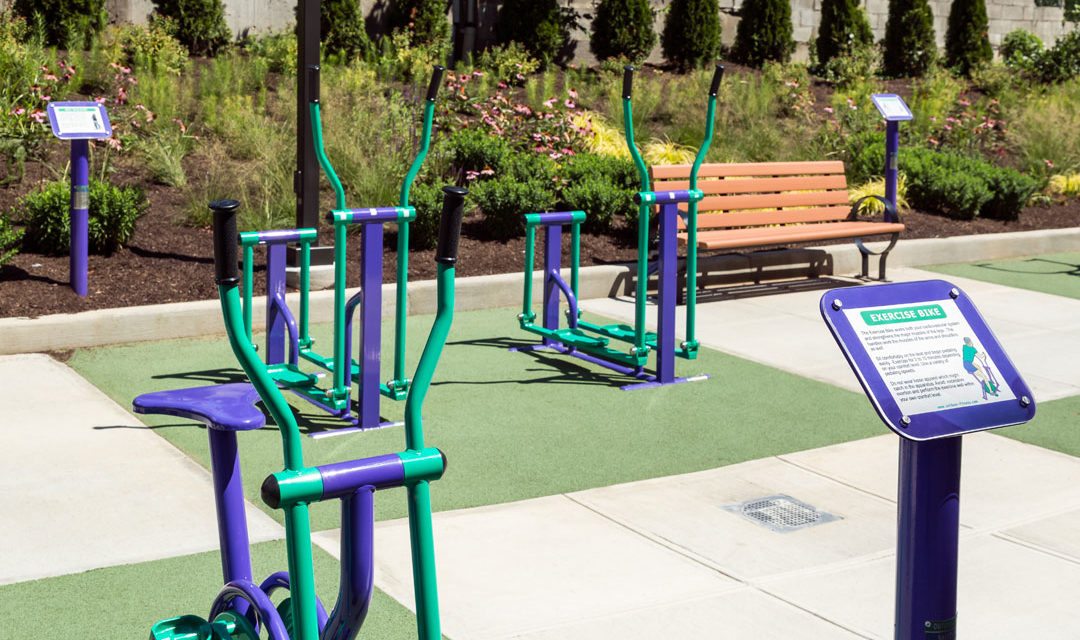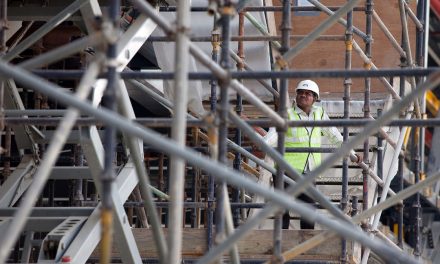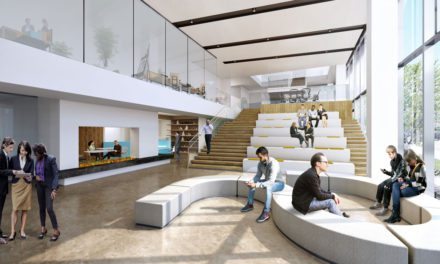Active design improves tenant wellness while saving costs for developers and tax payers
Home and personal well-being go hand in hand, according to a new policy brief that highlights a direct relationship between the design of affordable housing that promotes resident health and potential cost savings for developers, tenants, and public and private health providers. Leaders in the health and development community highlighted this positive ROI in a letter this week to new Housing and Urban Development (HUD) Secretary Ben Carson, M.D.
The Partnership for a Healthier America (PHA) and Center for Active Design (CfAD) have prioritized key design elements that can have a big impact on resident’s health with minimal costs to the developer. These include features such as facilities for physical activity, well-designed stairs that encourage everyday use, infrastructure to support walking and biking and free, and low-cost programming to support resident health. A pilot study conducted by Icahn School of Medicine at Mount Sinai in the South Bronx found that on average, 58 percent of residents reported an increase in the number of flights they ascended per week in an Active Design building compared to 20 percent of residents in a control non-Active Design building.
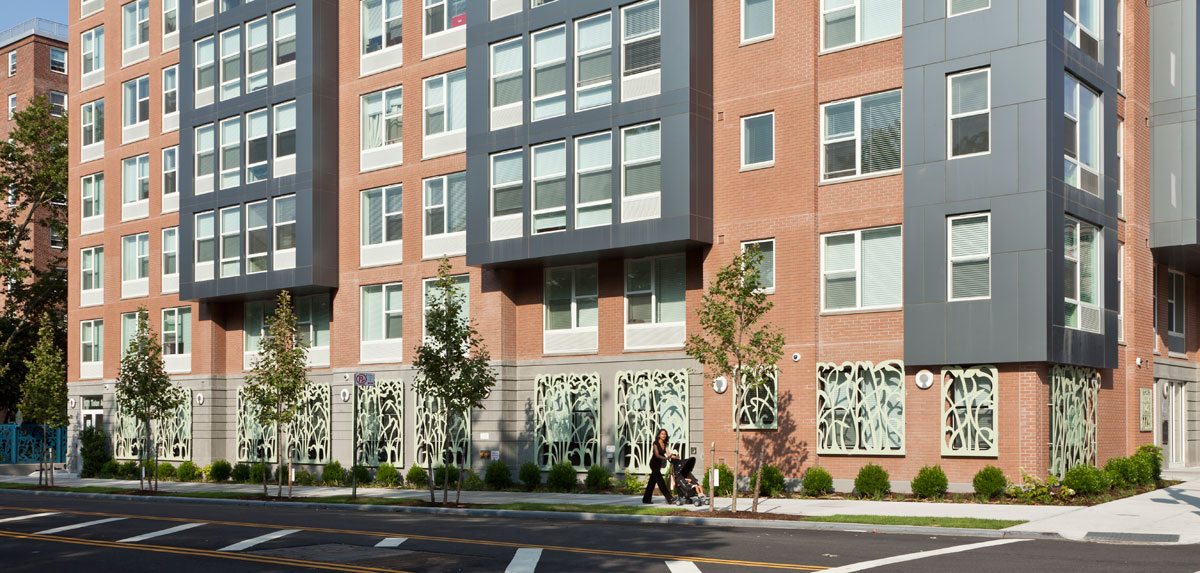
Arbor House. Photo Credit: © Bernstein Associates; Courtesy of Blue Sea Development Company
“This is a win for everyone involved. Tenants and their children are demonstrating a boost in physical and mental well-being which leads to higher productivity and reliability. Developers are seeing potential cost savings. All of this will have a bearing on the bottom line of public housing and health care costs and should be a consideration in any future regulatory policies and funding mechanisms,” said Lawrence A. Soler, PHA President and CEO.
Active Design Verified (ADV) recognizes leaders in the development community who prioritize health in the design and development of affordable housing. ADV developers are aligned with a growing movement that supports healthy, active environments and homes for children and families. Recently, the first ADV-certified building was completed in Prospect Plaza by Blue Sea Development in Brownsville, Brooklyn, which had the highest death rates of preventable diseases, as compared to the rest of New York City. Residents at Prospect Plaza earn an income level of below 60 percent of the median income, or $51,450 for a family of four. Twenty-five percent of units are set aside for residents from the local NYC Housing Authority buildings, 50 percent for those coming from the local neighborhood, 5 percent for those who are physically disabled, and 2 percent for those who are hearing or visually disabled.
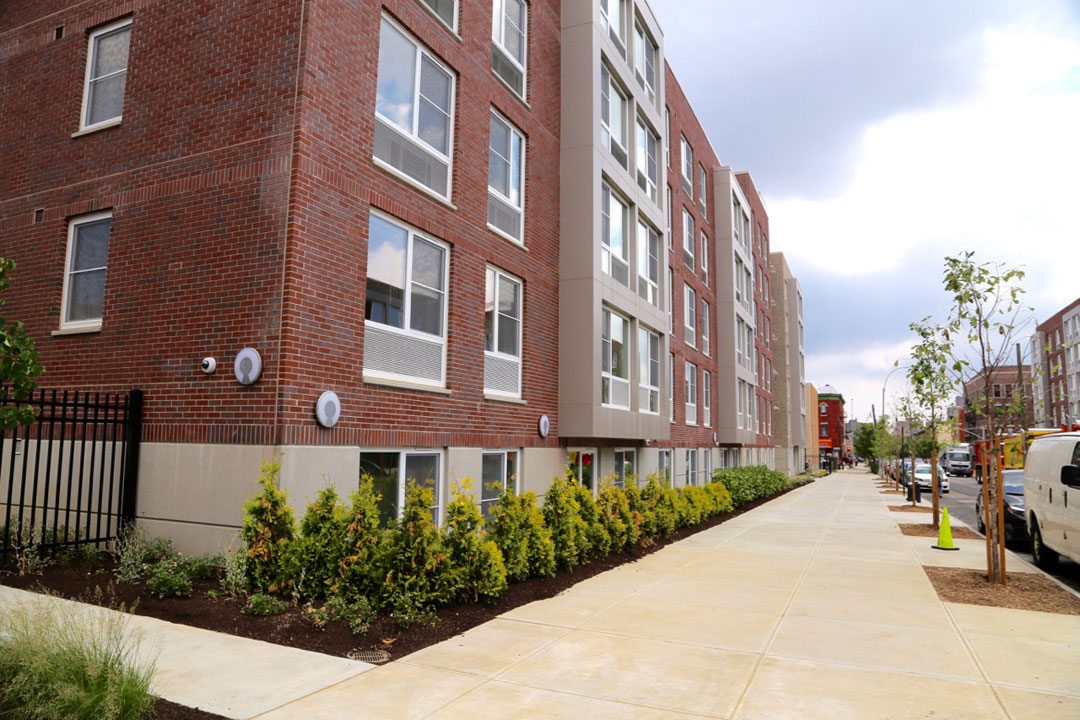
Prospect Plaza. Courtesy of the Center for Active Design. © Emily-Young
Residents of Prospect Plaza will be able to access 24,000 square feet of supermarket/retail space and an 8,400 square foot community facility by project completion. The development will be comprised of five buildings across three adjacent blocks, a massive undertaking that will provide neighborhood-level healthy opportunities for residents to be active, access healthy food, and engage with neighbors. Two of the buildings within the development have been completed to date. Residents like Kiana, who says that before moving into her apartment in Prospect Plaza, she had to take her daughter, Jada, on a bus and a train just to play at a park. To learn more about the residents and how they’re benefiting from active design, click here.
“We came to understand that affordable housing had the ability to not only improve the financial health of tenants, but also improve their physical health. Many years later, we realized that our healthier tenants equated to a lower rate of rent delinquency, as compared with other buildings in our portfolio,” said Les Bluestone, co-founder of Blue Sea Development Company.
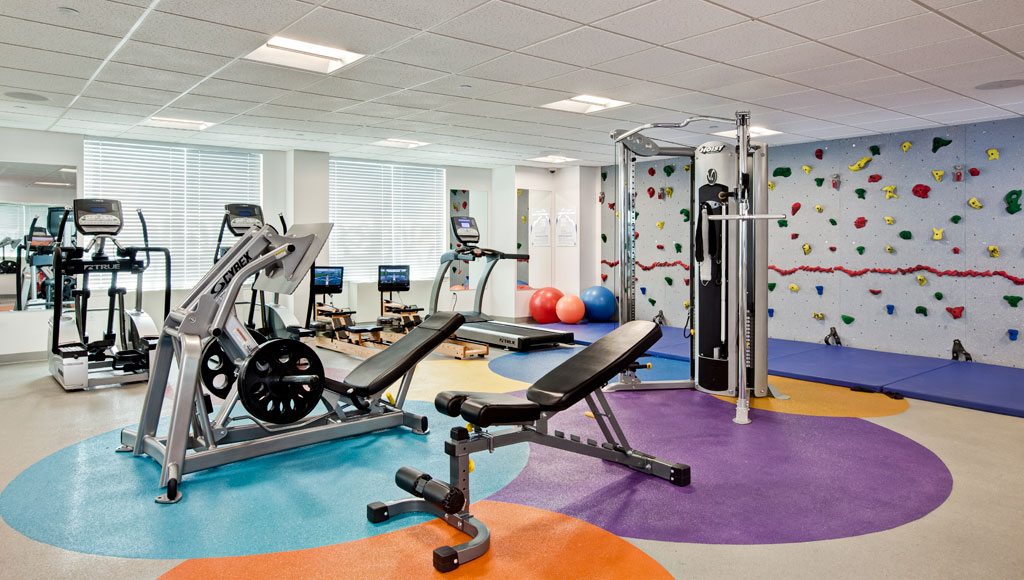
Arbor House. Photo Credit: © Bernstein Associates; Courtesy of Blue Sea Development Company
PHA stressed that healthy affordable housing initiatives, such as ADV, and continued research, such as the Arbor House and Prospect Plaza evaluations, are important contributors to sparking systemic change in affordable housing. They should be a central part of any discussions on regulatory, tax, or other funding procedures in the next administration.
“The design of communities and homes is a crucial component to promoting health equity, and addressing the social determinants of health that have implication for the well-being of the children and families. ADV and the associated policy brief provide the tools that developers can leverage to build homes that foster greater health for all families,” said Joanna Frank, Executive Director, Center for Active Design.
ADV strategies were identified by the Center for Active Design, with input from leading experts in the built environment space. CfAD uses a multi-disciplinary perspective in translating research into practical design solutions. It guides the creation and implementation of initiatives that respond to unique community priorities, and result in measurable outcomes.
The Partnership for a Healthier America (PHA) is devoted to working with the private sector to ensure the health of our nation’s youth by solving the childhood obesity crisis. In 2010, PHA was created in conjunction with – but independent from – First Lady Michelle Obama’s Let’s Move! effort. PHA is a nonpartisan nonprofit organization that is led by some of the nation’s most respected health and childhood obesity experts. PHA brings together public, private and nonprofit leaders to broker meaningful commitments and develop strategies to end childhood obesity. Most important, PHA ensures that commitments made are commitments kept by working with unbiased, third parties to monitor and publicly report on the progress our partners are making. For more information about PHA, please visit www.aHealthierAmerica.org and follow PHA on Twitter @PHAnews.
The Center for Active Design (CfAD)
The Center for Active Design is the leading non-profit organization that uses design to foster healthy and engaged communities. CfAD is a leader in translating evidence into practical design solutions that amplify the role of building, streets, and neighborhoods in promoting healthy, equitable, and vibrant communities. It serves design professionals, policy makers, community groups, and the real estate community, while maintaining a multidisciplinary perspective in its promotion and expansion of evidence-based design strategies. For more information about CfAD, visit centerforactivedesign.org and follow them on Twitter @active_design.

